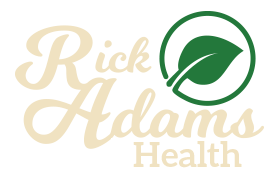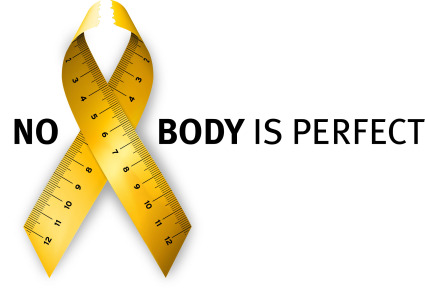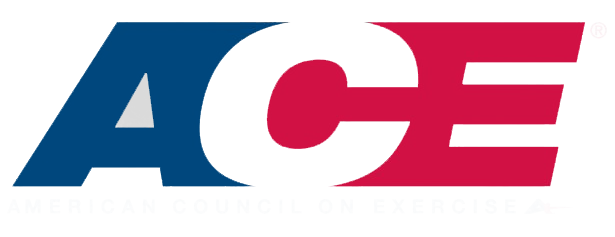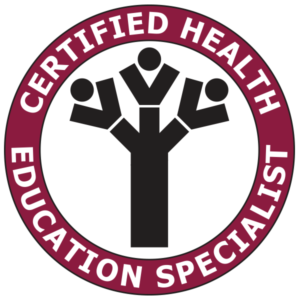The amount of rest you give yourself during your workout is incredibly important and should vary depending on the specific type of exercises you are doing. You do not want to push it too hard and overtrain yourself. You also do not want to give yourself too much time to rest and find yourself cooled off and out of rhythm. Hopefully this blog will give you a better understanding of how much rest to take for the type of workouts you want to do and the results you want to get.
One simple rule to understand is the more intense your workout is, the more rest time will be required between exercises and between each set of each exercise. The opposite is also true, less intense exercises will require less rest between each exercise and between each set of each exercise. That means someone lifting a lot of weight for a given exercise is going to be exhausted after they have finished a set of that exercise so a few minutes may be necessary before their next set or exercise. If you are working with body weight, light weights, or light resistance bands then you may only need 20 or 30 seconds before the set or exercise. This is important because if you start the next set or exercise before the necessary amount of rest is complete can lead to poor form, which can lead to injury, and not getting the most out of each exercise.
As you progress, the workouts while slowly become easier and less intense overall. Some people might add more resistance, such as adding more weight, to their exercises. That is a viable option if you have access to larger weights and it does not cause pain or discomfort. But if heavier weight is not realistic for you, a great option is to decrease your rest time between sets and exercises. If you usually take about a minute in between each set or exercise, try cutting back to 40 or 50 seconds between each set or exercise. The workout will noticeably become more intense and will help you keep progressing towards your goals while avoiding a plateau.
By decreasing your rest time between sets or exercises you will be adding an element of cardiovascular exercise into your strength exercise routine. When you reduce your rest between sets and exercises you will notice yourself huffing and puffing more than you were before. While it may not give additional benefit to muscle strength, it will improve heart efficiency and lung capacity. The improvements you will see can include greater stamina, greater endurance, healthier lower blood pressure, and healthier lower heart rate. But be careful, if you decrease your rest time too dramatically you may find yourself more exhausted in and out of your workouts, at increased risk of injury as your form may be compromised, and beginning to dislike your workouts as they will become too difficult. In that case increasing your rest could solve those issues.
It is important to find what is best for you and to understand what amount of rest is appropriate for your workouts. It can be a great tool for getting more out of your exercises while not having to get access to larger weight or thicker resistance bands. Never make a drastic decrease in your rest time, start small and if you feel the routine getting easier again, then reduce it a little more. Of course, you can always increase your rest time if things get too difficult. Stay safe and I hope this is a benefit to your workouts and health goals.

ACSM Personal Trainer, ACE Health Coach, CHES
Healthy Living in Recovery: How to Make Better Choices and Save Money Doing It
Money is tight when you’re in recovery. Not only does addiction do a number on your finances,
but once you’re clean, you also have to pay for rehab and start rebuilding your life from the
ground up. So, when everyone talks about the importance of getting healthy in recovery, it’s
easy to think, “With what money, exactly?”
The truth is, telling yourself you can’t afford to fix your health is just another excuse to avoid fully
committing to recovery. If you’re going to succeed in sobriety, you need to take complete
ownership of your body and your choices. Luckily, there’s a lot you can do to heal your body
and mind without blowing your entire budget.
The Healing Power of Exercise
Exercise doesn’t just give you something to do during the times you’d otherwise be using.
Exercise also adds structure to your day, relieves stress and depression, and heals damage to
your heart health, immune system, and physical fitness inflicted by addiction.
That’s all well and good, but what if you can’t afford an expensive monthly gym membership?
Good gyms aren’t cheap, and on top of membership fees, you have to buy workout clothes, gym
shoes, a gym bag, and other gear just to get started.
Instead, skip the gym and use the money you’d spend on monthly dues to buy home workout
gear. You’ll ultimately spend less and have a more accessible place to work out. Gadgets like
activity trackers and smart scales keep you accountable to your fitness goals, while inexpensive
equipment like free weights and running shoes get you started with aerobic and strength
training. When you’re ready to upgrade your home gym, search for coupons and promo codes
to score discounts on full-priced gear. With a Best Buy promo code, you can save money on
exercise equipment like stationary bikes, adjustable kettlebells, resistance bands, and more.
Nutrition’s Role in Addiction Recovery
Healthy eating is not a priority when you’re using. People in active addiction skip meals; choose
cheap, empty calories over nutritious foods; and develop nutrient absorption issues due to the
damaging effects of drug and alcohol abuse on the gut.
Poor eating habits perpetuate the cycle of addiction by disrupting your brain chemistry. This
leads to irritability, anxiety, depression, and other emotional triggers that drive you to use. To
conquer cravings and restore health to your body and mind, you need to eat a diet rich in
complex carbohydrates, protein, healthy fats, and fresh fruits and vegetables.
It’s a common misconception that healthy eating is unaffordable. It can be expensive, especially
if you shop at the most expensive stores or eat out instead of cooking at home. But preparing
healthy meals at home is cheap and easy when you develop a basic meal plan and use coupon
apps to save money at the grocery store. Cut your grocery costs more by eating meatless meals
a few times per week, learning how to cook cheaper cuts of meat, buying in-season produce,
and shopping in the bulk section for grains, nuts, and beans.
Managing Stress Without Substances
Good news: Eating well and exercising don’t just improve your physical health — they boost
your mental wellness too. However, that’s not all you need to do to break your habit of reaching
for drugs and alcohol in times of stress. Good stress management habits are key to avoiding a
relapse when things start to get tough.
Yoga classes and massages are a lovely way to unwind, but you have plenty of other options if
those activities aren’t in your budget. Reading, meditating, and journaling are three ways to
unwind that cost nothing at all. If you find solace in spending time outdoors, splurge a little on
hiking boots or gardening tools, shopping last season’s stock to help save money. Hiking and
gardening are among the best stress-reducing activities thanks to the therapeutic effects of
nature, and after the initial investment, they’re practically free.
Ultimately, living a healthy lifestyle is one of the most budget-friendly things you can do. Not
only do healthy habits increase your chance of succeeding in recovery — which means less
money lost to drugs and alcohol — but they also counteract the expensive health issues caused
by prolonged substance abuse. Instead of viewing health and fitness costs as just another
expense, see them for what they really are: an investment in yourself.
Jennifer McGregor
To Eat or Not to Eat…That Used To Be The Question
I was the girl who was never afraid of food till high school hit. Till it hit me so hard in the face, if I wanted to be like everyone else, I must look like everyone else. By everyone else I mean the popular girls. You know the blonde, 110 pounds (or under), wearing several coats of mascara, type of gal. In order to fit in to this genre, I began to learn my first diet, started to grow out my bangs, get rid of my spare tire around the middle, and learn to put on some Cover Girl. High school is where my eating disorder and negative body image began….
Grab the calculator, grab the scale, grab the fat free cheese, make sure it’s fat free. Grab the frozen veggies, only measure out 1 serving. No butter. No seasoning. Just steam them. It’s WAY better this way. Let’s see…there’s 30 calories in 1 piece of fat free cheese, 30 calories in my broccoli, this chicken breast says 180. Is that accurate? Gosh I hope so. My meal adds up to be…240 calories. Perfect! No more. No less. Now time to exercise. Let’s go downstairs and walk on the treadmill and AT LEAST burn my calories off from dinner.
These are some of the things that would go through my head when I would start to eat. It’s a tid-bit of my 10-year battle of dealing with an eating disorder. Constantly crunching numbers, weighing out my portions, and being obsessive about exercise. Always worrying about my food, often times not eating for a couple days, weighing myself constantly, and feeling angry/exhausted with the world. I’d even hide food under the bed, at least till my parents went to sleep to make them think I’d ate dinner. I scrape it out in the garbage, cover it up, and go back to bed. Wearing a size zero was all that was on my mind.
Do you know anyone like this? Eating disorders are not joke. They cause you to fear food, have low self-esteem, become obsessive, just to name a few side-effects…For this post, I wanted to share with you a bit of my own experience dealing with an eating disorder because I know what those lonely nights, dark days, constantly exercising, and compulsive thoughts feel like. But overcoming an eating disorder is possible. I’ve been recovered for 4 years going strong, and know it’s totally possible for you to recover too!
Kayla Douthitt
Kayla Douthitt, health coach and owner of Wisdom ‘N Wellness, is a 4-year recovered anorexia and binge eating survivor. She now helps women suffering from negative body image/self-esteem find their way through intuitive eating and holistic health practices. Her health coaching style is private, one on one phone calls, and full of gratitude. She believes strongly in healing from the inside out.
Kayla offers a FREE 1-hour Self-Love Discovery Call for those interested in starting their journey and #ForRealzFriday newsletter to get a weekly dose of inspiration.
For more info on Kayla’s health coaching services check out her website here, and give her a like on Facebook and Instagram.






